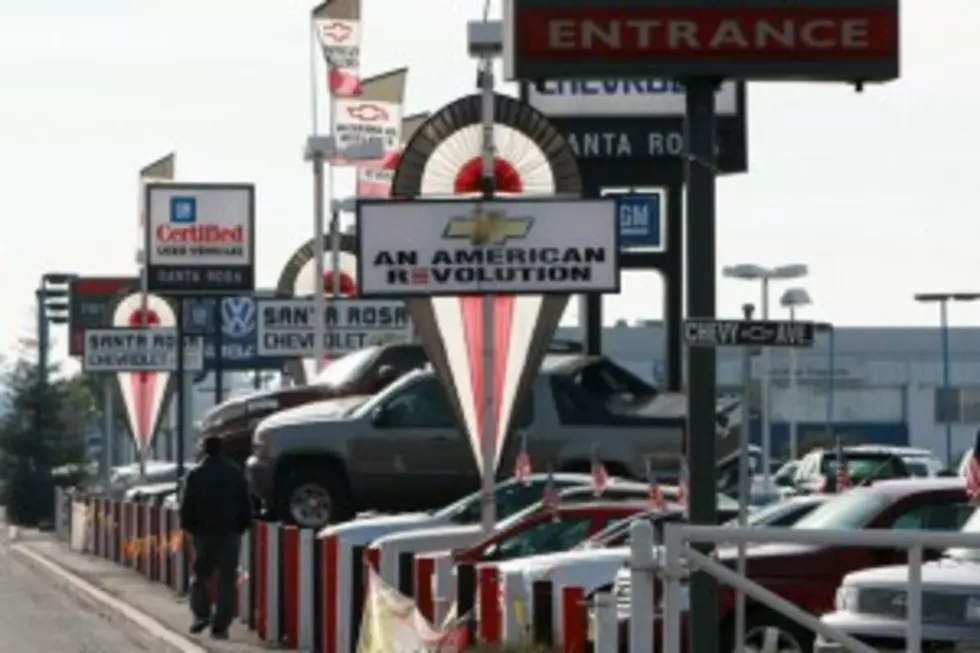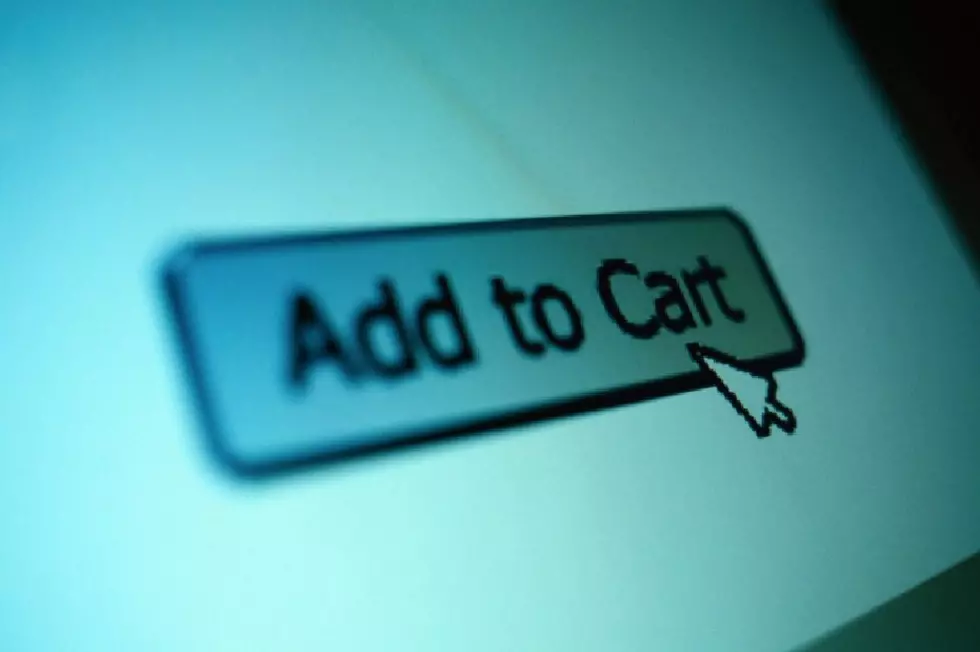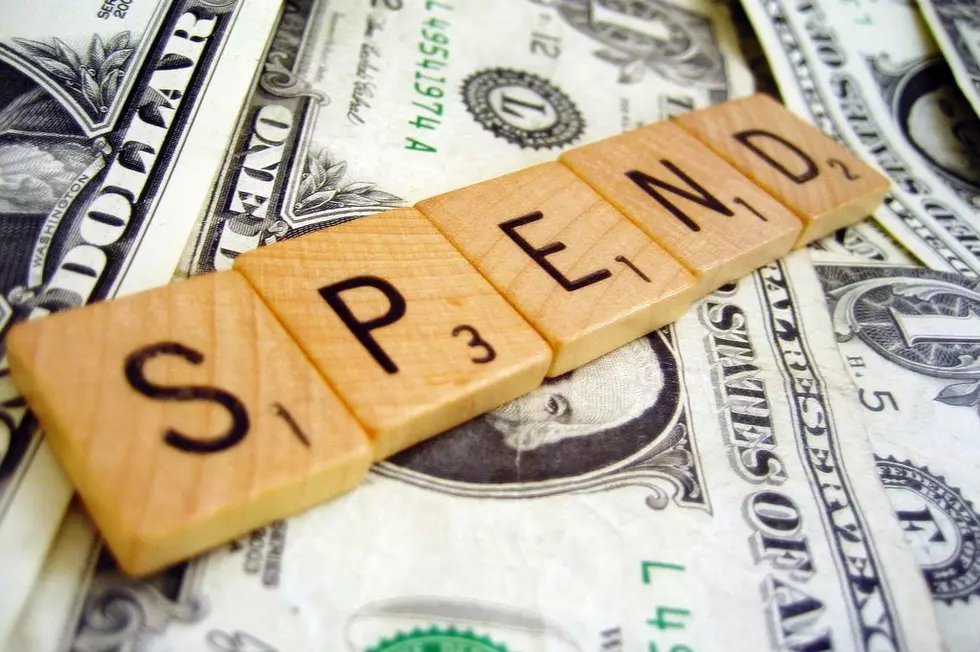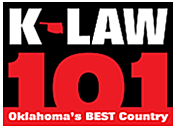
Car Buyers Paying $2,000 More for Vehicles Than They Did a Year Ago — Dollars and Sense
As gas prices rise, consumers often consider switching to smaller, more fuel-efficient cars.
But while those cars are usually less expensive than their bigger counterparts, increased demand has resulted in higher sticker prices.
Mirroring an effect seen in other years when gas prices were high, research and car-shopping site TrueCar says that car buyers are now paying 6.9 percent higher prices than they were just a year ago, which translates to almost $2,000 more for each auto sold.
Experts say that’s happening because not only have sticker prices gone up, incentives like cash rebates have dropped. In addition, since demand is high, dealerships aren’t as willing to negotiate.
But if you’re looking for a new car, getting the best price could be a matter of timing. People who purchase at the beginning of the month often pay more than those who hold off until later when sales staff are trying to meet monthly quota deadlines.
Even the time of the year matters — those who buy in April can expect to shave just five percent off the sticker price during negotiations, whereas people who buy at the end of December often pay between eight and nine percent less than the MSRP.
[Time]
More From KLAW-FM









